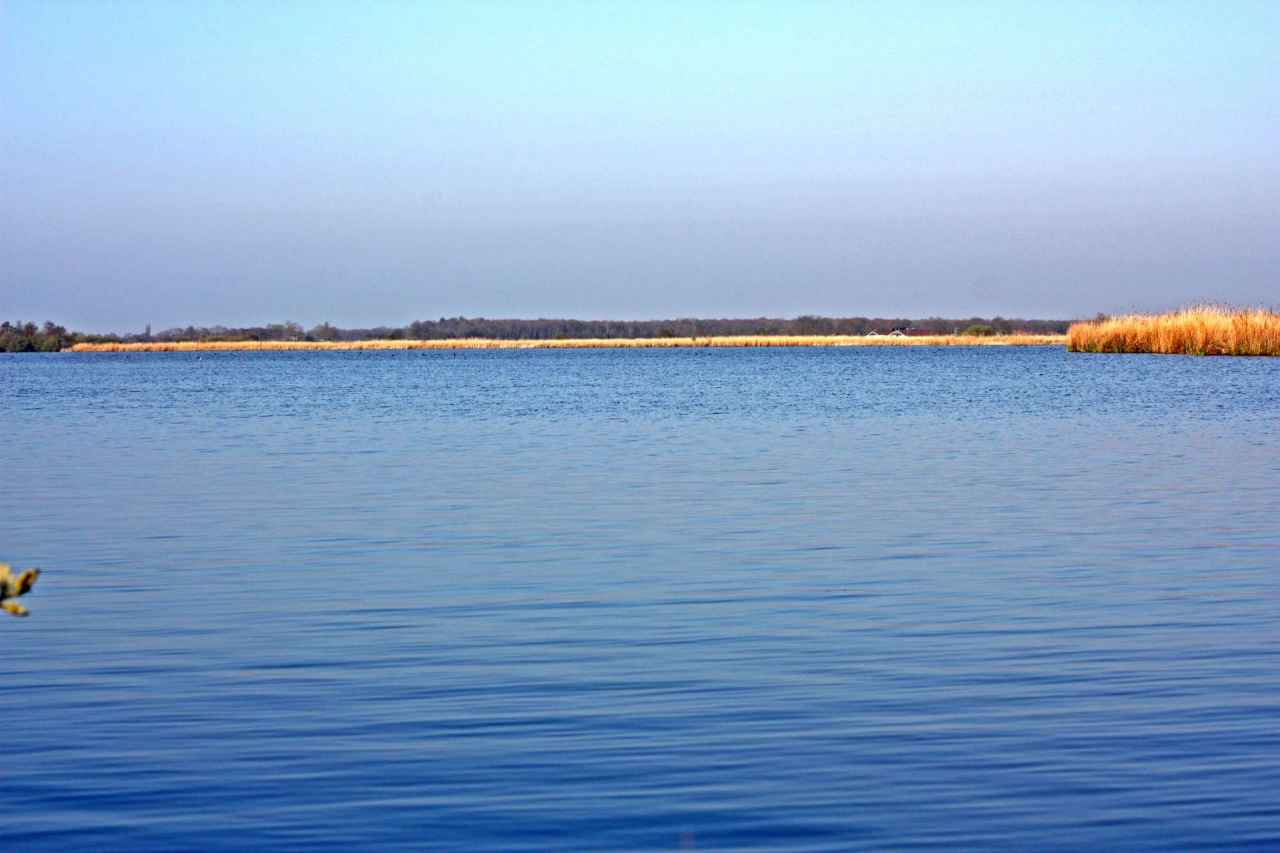As mentioned, where you plan to fish is important when deciding which rod is best for you. It mainly concerns whether you want to fish far out, or close to the bank. This makes a big difference for most anglers. Also important is the way you want to fish; which system will you use? And finally, what fishing style do you personally prefer? A slightly stiffer rod, or a more flexible one?
Unfortunately, there isn’t one rod on the market that does it all. But with a €10 rod, you can catch a carp just as well as with a €1000 rod. The same goes for brands. Some swear by brand A, while others want nothing to do with it and much prefer fishing with brand B. So I’m not going to say that you should buy a cheap or an expensive rod. Nor which brand is best, because that’s different for everyone. That’s something the angler really has to figure out for themselves. What suits you and what’s your budget?
Test Curve / Explanation
The test curve is indicated in LBS on a carp rod. It’s a complicated story that I won’t bore you with. Very briefly summarized (actually too short), the higher the test curve, the more weight you can cast with it. The rule of thumb is approximately the number of LBS x 30 = the ideal casting weight in grams. So 2 LBS x 30 = 60 grams ideal casting weight. 3 LBS x 30 = 90 grams ideal casting weight. This means that if you master the correct technique, you’ll cast the furthest with that rod if you attach the ideal weight to it. I’ll leave it at that for now….. Just remember x 30!
The distance you can cast with a certain weight depends on the correct technique and the stiffness of your rod. Usually, 80 grams of lead is enough. With that, you should always be able to reach 60-70 meters, even if your technique isn’t perfect. If your technique is good, you can cast much further.
Long-range Fishing / Lakes and Large (Shipping) Canals.
If you want to fish far out and don’t (yet) own a boat (for bait deployment), I think in most cases you’ll be fine with 80 grams. If there’s a lot of shipping traffic, it’s sometimes wise to fish with a heavier setup because the suction effect of large (cargo) ships can displace your lead. You can then easily go up to 115 grams. So you need to choose a rod that suits this. Here, you’ll usually end up with a 3.6m rod. 2.5 LBS, 2.75 LBS, or 3 LBS. Somewhat depending on what you personally enjoy fishing with and how far out you want to fish.
If you want rods for long casts, also pay attention to the number of guides and the size of the butt guide (1st guide from the reel). A long-range rod usually has 6 or 7 guides and a large butt guide (40-50 mm). That’s to reduce friction when your line passes through the guides. The more friction, the less far you cast.
Fishing in Farm Ditches / Close to the Bank.
If you don’t need to cast very far, you can often fish with a softer rod. It’s not that you immediately have to fish much lighter. 80 grams is also perfectly fine here. Here, you usually don’t need the ideal casting properties of a rod. You want to be able to control the fish, but also absorb strong pulls, as this becomes more important with much less line out. Here, you’ll usually end up with a 3.6m rod. 2 LBS, 2.25 LBS, or 2.5 LBS.
Float Fishing.
Float fishing is usually done in combination with a light float. So you don’t need to cast long distances, and often you even fish directly under your rod tip. Here it’s very important that you have a flexible rod in hand when the carp fights for all it’s worth. You usually only have a few meters of line out, and your rod acts as a shock absorber. In this situation, you’ll often end up with a rod of 1 LBS (you’ll have to search for that…), 1.5 LBS, or 1.75 LBS. Float rods are often a bit longer than long-range rods. (3.90m) They also have many more guides, and these are smaller, to distribute the force better across the entire rod.
Fishing in Snaggy Waters.
Make sure that if you fish in snaggy waters, you have a rod that allows you to gain and maintain good control over the fish. Take a slightly stiffer rod than you normally would. It would be a shame if your carp gets tangled because you’re using too light a rod. You don’t immediately have to think of a 3 LBS rod here, but having a little extra is nice.
Finally
I hope I’ve made it a bit easier with this. It’s a good idea to get further information from a retailer. At least you now know something before you step into the store. If you have a rod in mind, ask if you can attach your reel (if you already have one) to it. You’ll immediately know how it feels and if it’s balanced.
Good luck finding the perfect rod for you!



